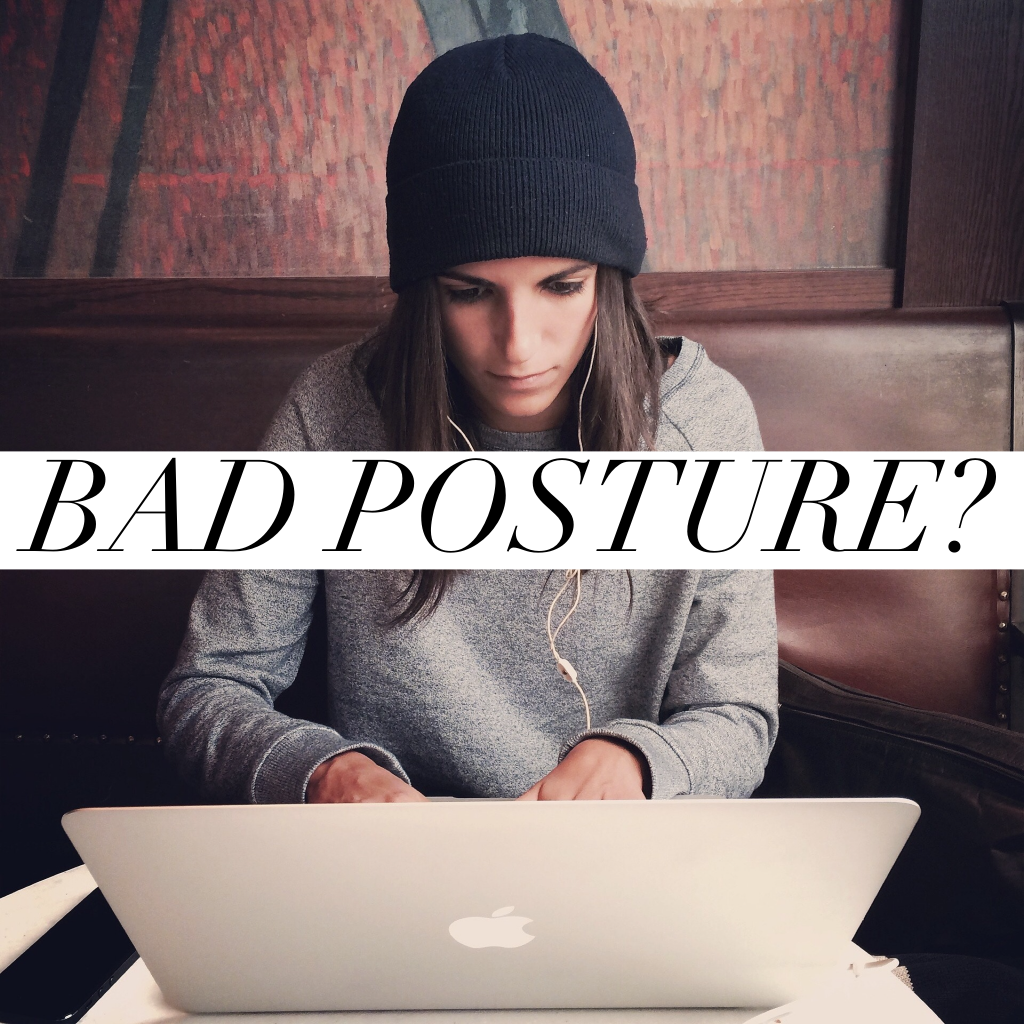
I have been looking forward to writing this post for a while, as running is something I’m passionate about and I’d like to keep doing it as long as possible. If you’re wondering what barefoot running is, it’s a type of trainer which provides zero shock absorption and therefore encourage the wearer to run as they would do if they were barefoot. Some people think this concept is crazy, but I think it’s genius and here’s why:
As a runner I’ve always tried to keep the impact to my joints to a minimum, by wearing trainers which have as much shock absorption as possible (as advised by pretty much everyone who runs). Thats until I discovered barefoot! I was 25 at the time and had just done a 10k race which had left me with some mild knee pain. I tried some treatment and rested it for a while and the pain went away. But when I tried running again it would return (only mild pain during running). After this happening on and off for a few months, I purchased a decent knee support which eliminated the problem and allowed me to run again. I was hoping the knee support would be a temporary measure, but every time I tried running without it, the niggle returned. This went on for around a year. Thats when I heard about barefoot running. I was instantly interested, and did some further research into it. It supposedly relies on the bodies natural shock absorbers, i.e. muscles and tendons, rather than the running shoe itself. I decided I wanted to try it for myself and so purchased a pair from a sports shop. I found them in the running section, but the sales assistant told me they were not advised for running! Interesting…….
I started small, (as advised) and just did a small part of my route. At first it felt bizarre as I was so used to heel striking, and now I could barely land on the heel as it was almost painful to do so. With barefoot running you tend to land on the mid-foot or forefoot, rather than the heel. The other thing I noticed was that I felt lighter on my feet (in my mind I looked like a gazelle!). Initially I felt like my achilles and calves were a bit tighter than usual after the run, and I also felt a bit more tension in my plantar fascia (the muscles and other soft tissues on the underside of the foot). After a few runs it felt normal and I did my full route in the barefoot trainers no problem, no pain. I was only doing around 3 miles at the time and most of it was off road.
A few weeks in, I thought I’d try running without my knee support and was surprised to discover I had no pain at all. At first I thought it was a fluke, but it continued to be fine every other time after that. This could be a coincidence I know, but it was quite encouraging for me. I have continued to run barefoot style for the last 5 years and I haven’t needed to wear my knee support since. Another thing; I used to suffer with some plantar fascia pain when I was at work (I’m standing most of the day). I put this down to wearing shoes with no arch support and did nothing much about it apart from a bit of massage on it occasionally. I recently realised that I can’t remember the last time this happened either (it must be at least 4-5 years!). I still wear rubbish pumps for work with no support, but don’t seem to have the same problem I used to have. Again, this may be a coincidence, but thats two now….
I’m not telling all runners to go and convert to barefoot, as I don’t know for sure that it’s right for everyone. But I would definitely try it, especially if you have suffered injuries or ‘niggles’ with running. There is some evidence out there for forefoot strikers suffering less injuries than heel strikers (to read it click here) but it’s still unfortunately a bit of an unknown. My personal experience with barefoot running has been even better than I could have hoped, and as a chiropractor, I think it makes perfect sense to put a little more strain on your muscles and tendons (which can heal) rather than your joints (cartilage does not grow back). Plus, the hippie in me likes the thought of running as nature intended.
I hope you enjoyed my post and would love to hear peoples thoughts and comments about barefoot running (for and against!).
If you are thinking about trying barefoot running, just remember to ease your way into it. It’s advised you only do 10% of your usual route to start with!!








